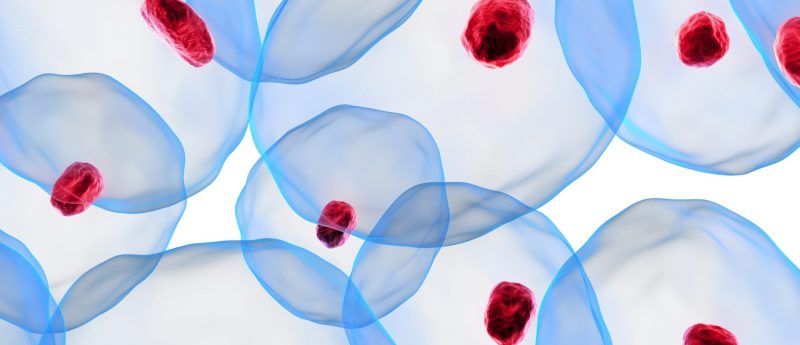Stem cells created with new reprogramming method could help blindness

Scientists from John Hopkins Medicine (MD, USA) have reprogrammed fibroblast stem cells to revert to a state more primitive than human pluripotent stem cells using a new combination of drugs. The findings from the study could help reverse the progression of diabetic retinopathy.
A team of researchers from John Hopkins Medicine (MD, USA) have reprogrammed fibroblast cells to a state more primitive than human pluripotent stem cells, which may be more similar to the state of embryonic cells six days after fertilization. The findings from this study, published in Nature Communications, may enhance the regenerative medicine techniques and help reverse the progression of diabetic retinopathy.
The team bathed fibroblast cells in a chemical mixture called 3i. The mixture included two chemicals previously used by scientists to reprogram stem cells: GSK3β inhibitor CHIR99021, which works by blocking carbohydrate storage in cells, and MEK inhibitor PD0325901, which works by blocking cancer cell growth. The new component in the mixture was a PARP inhibitor.
“Our study results bring us a step closer to using stem cells more widely in regenerative medicine, without the historical problems our field has encountered in getting such cells to differentiate and avoid becoming cancerous,” explained Elias Zambidis (Johns Hopkins Kimmel Cancer Center; MD, USA).
The researchers tracked the reprogrammed stem cells’ molecular profile and measured the protein level of NANOG, NR5A2, DPPA3 and E-cadherin. The team found the molecular profile to be similar to naïve epiblast cells. Lab-made stem cells are often affected by epigenetic alterations and genetic aberations, however, the stem cells in this study that had been reprogrammed with the 3i chemical mixture had no abnormal changes to the DNA.
Vascular progenitors were created from the fibroblast cells of type I diabetic patients, passing through the naïve stem cell state recreated by the 3i cocktail. These vascular cells where then injected into the eyes of mice bred specifically to have a form of diabetic blindness. The vascular progenitors migrated into the retina’s innermost tissue layer that encircles the eye. The naive vascular cells remained in the retina and most survived the duration of the four-week study.
The researchers also reprogrammed diabetic fibroblasts into non-naïve stem cells using a more conventional method, in order to compare their result. They found that the vascular progenitor cells created this way failed to migrate as deeply or survive the four-week study.
“Interestingly, the 3i ‘naïve reprogramming’ cocktail appeared to erase disease-associated epigenetics in the donor cells, and brought them back to a healthy, pristine non-diabetic stem cell state,” concluded Zambidis.
Further experiments are required in order to refine the 3i mixture and study the regenerative capacity of the stem cells grown from the mixture.
Source: Park T, Zimmerlin L, Evans-Moses R, et al. Vascular progenitors generated from tankyrase inhibitor-regulated naïve diabetic human iPSC potentiate efficient revascularization of ischemic retina. Nat. Comm. 1195(11), (2020).